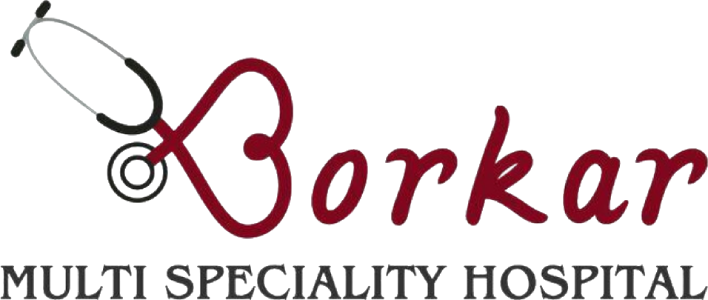SLIP DISC TREATMENT
Understanding Slip Disc: Causes, Symptoms, and Treatments
A slipped disc, medically known as a herniated or prolapsed disc, is a common condition affecting the spine. It occurs when the soft, gel-like center of a spinal disc (nucleus pulposus) protrudes through its tougher exterior (annulus fibrosus). This condition can cause significant discomfort, especially if the protrusion compresses nearby nerves. In this blog, we’ll delve into the causes, symptoms, and treatment options available for a slipped disc.
What is a Slip Disc?
The human spine consists of 33 vertebrae separated by intervertebral discs, which act as shock absorbers and provide flexibility to the spine. These discs have a jelly-like core encased in a tough outer layer. When the outer layer weakens or tears, the inner core may push through, leading to a slipped disc. This herniation can irritate nearby nerves, resulting in pain, numbness, or weakness in the limbs.
Causes of Slip Disc
A slipped disc can occur due to a variety of reasons, including:
- Age-Related Degeneration: As we age, spinal discs lose water content, making them less flexible and more prone to tearing or rupturing.
- Trauma or Injury: Sudden force, such as a fall or accident, can cause a disc to herniate.
- Repetitive Strain: Activities involving repetitive bending, lifting, or twisting motions can place excessive stress on the spine.
- Poor Posture: Sitting or standing incorrectly for extended periods can contribute to spinal disc stress.
- Obesity: Excess body weight increases pressure on the spinal discs, heightening the risk of herniation.
- Genetic Factors: Some individuals inherit a predisposition to disc problems due to weaker connective tissues.
Symptoms of a Slip Disc
The symptoms of a slipped disc can vary depending on the location and severity of the condition. Common symptoms include:
- Pain: Localized back or neck pain that may radiate to the arms or legs. Sciatica is a typical example, where pain travels along the sciatic nerve from the lower back down to the legs.
- Numbness or Tingling: A herniated disc can compress nerves, leading to sensations of numbness or tingling in the affected area.
- Weakness: Muscle weakness may occur due to nerve compression, making it difficult to perform everyday tasks.
- Reduced Mobility: Stiffness and restricted movement in the back or neck may develop.
If you experience loss of bladder or bowel control, severe pain, or significant weakness, seek medical attention immediately as these could indicate a medical emergency.
Diagnosis of Slip Disc
To diagnose a slipped disc, a healthcare provider will:
- Take a Medical History: Assess symptoms, lifestyle, and any preceding injuries.
- Perform a Physical Examination: This includes checking reflexes, muscle strength, and range of motion.
- Imaging Tests: Diagnostic tools like X-rays, MRI (Magnetic Resonance Imaging), or CT (Computed Tomography) scans provide detailed images of the spine to confirm herniation and nerve compression.
Treatment Options for Slip Disc
Treatment for a slipped disc can range from conservative methods to surgical interventions, depending on the severity of the condition and the patient’s overall health.
1. Conservative Treatments
Most cases of slipped discs respond well to non-surgical treatments, including:
- Rest: Short periods of rest can reduce inflammation and pain, but prolonged inactivity should be avoided.
- Physical Therapy: A physiotherapist can design a program of stretches and exercises to strengthen the back and core muscles, improving posture and reducing the risk of further injury.
- Medications:
- Over-the-counter pain relievers, such as ibuprofen or acetaminophen.
- Prescription medications, including muscle relaxants or nerve pain medications like gabapentin.
- Hot and Cold Therapy: Alternating heat and cold packs can relieve pain and inflammation.
- Epidural Steroid Injections: For severe cases, corticosteroid injections near the affected nerve can reduce inflammation and provide temporary relief.
2. Lifestyle Modifications
Making changes to daily habits can aid recovery and prevent future episodes:
- Maintain proper posture when sitting, standing, or lifting objects.
- Engage in regular, low-impact exercises like walking, swimming, or yoga.
- Achieve and maintain a healthy weight to reduce spinal strain.
3. Alternative Therapies
Some people find relief through complementary treatments, including:
- Chiropractic Care: Spinal adjustments may alleviate symptoms, but they should be performed by a licensed professional and are not suitable for all cases.
- Acupuncture: This ancient practice may help reduce pain by stimulating specific points on the body.
- Massage Therapy: A qualified therapist can help relieve muscle tension and improve circulation.
4. Surgical Treatments
If conservative measures fail to provide relief, or if the condition worsens, surgery may be necessary. Common surgical procedures include:
- Discectomy: Removal of the herniated portion of the disc to relieve nerve compression.
- Laminectomy: Removal of part of the vertebra (lamina) to create more space for the affected nerve.
- Spinal Fusion: Joining two or more vertebrae to stabilize the spine and prevent further damage.
- Artificial Disc Replacement: Replacing the damaged disc with an artificial one to restore mobility and reduce pain.
Surgery typically has high success rates but carries risks, such as infection, nerve damage, or recurrence of herniation.
Prevention of Slip Disc
Preventing a slipped disc involves adopting a proactive approach to spinal health. Tips for prevention include:
- Practice Good Posture: Ensure your workstation is ergonomically designed, and avoid slouching when sitting or standing.
- Exercise Regularly: Strengthen core and back muscles to support the spine.
- Lift Properly: Use your legs, not your back, to lift heavy objects. Keep the load close to your body and avoid twisting motions.
- Stay Hydrated: Proper hydration helps maintain the elasticity and cushioning properties of spinal discs.
- Quit Smoking: Smoking accelerates disc degeneration by reducing blood flow and nutrient supply.
- Maintain a Healthy Weight: Reduce spinal stress by staying within a healthy weight range.
Living with a Slip Disc
While a slipped disc can significantly impact daily life, many people recover fully with the right treatment and lifestyle adjustments. Early diagnosis and intervention are key to preventing long-term complications. If you suspect a slipped disc, consult a healthcare provider promptly to explore your options.
In conclusion, a slipped disc is a manageable condition with a wide range of effective treatments available. From conservative care and lifestyle modifications to advanced surgical techniques, there are solutions tailored to individual needs. By prioritizing spinal health and adopting preventive measures, you can reduce your risk of experiencing this painful condition and enjoy a healthier, more active life.

